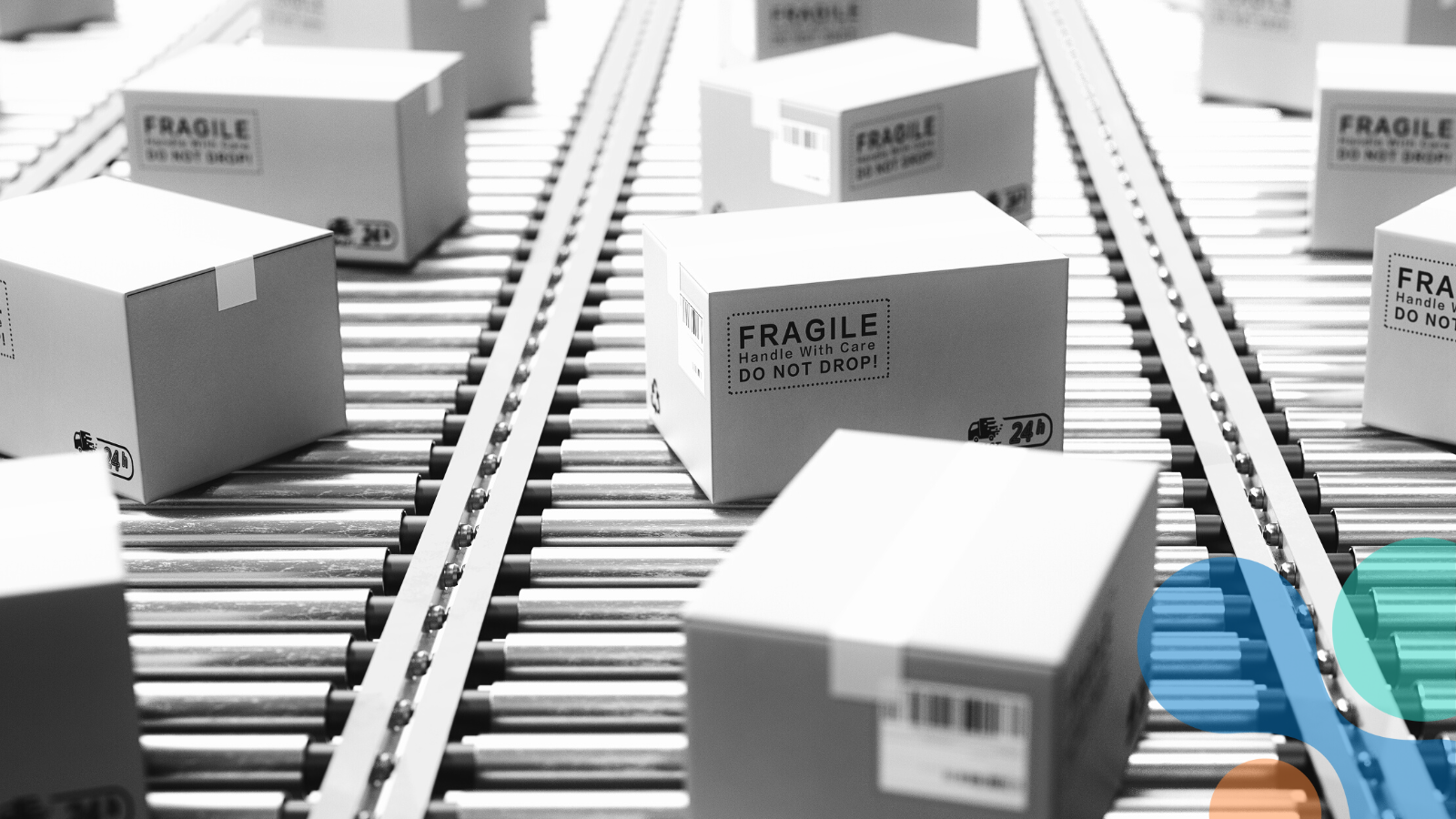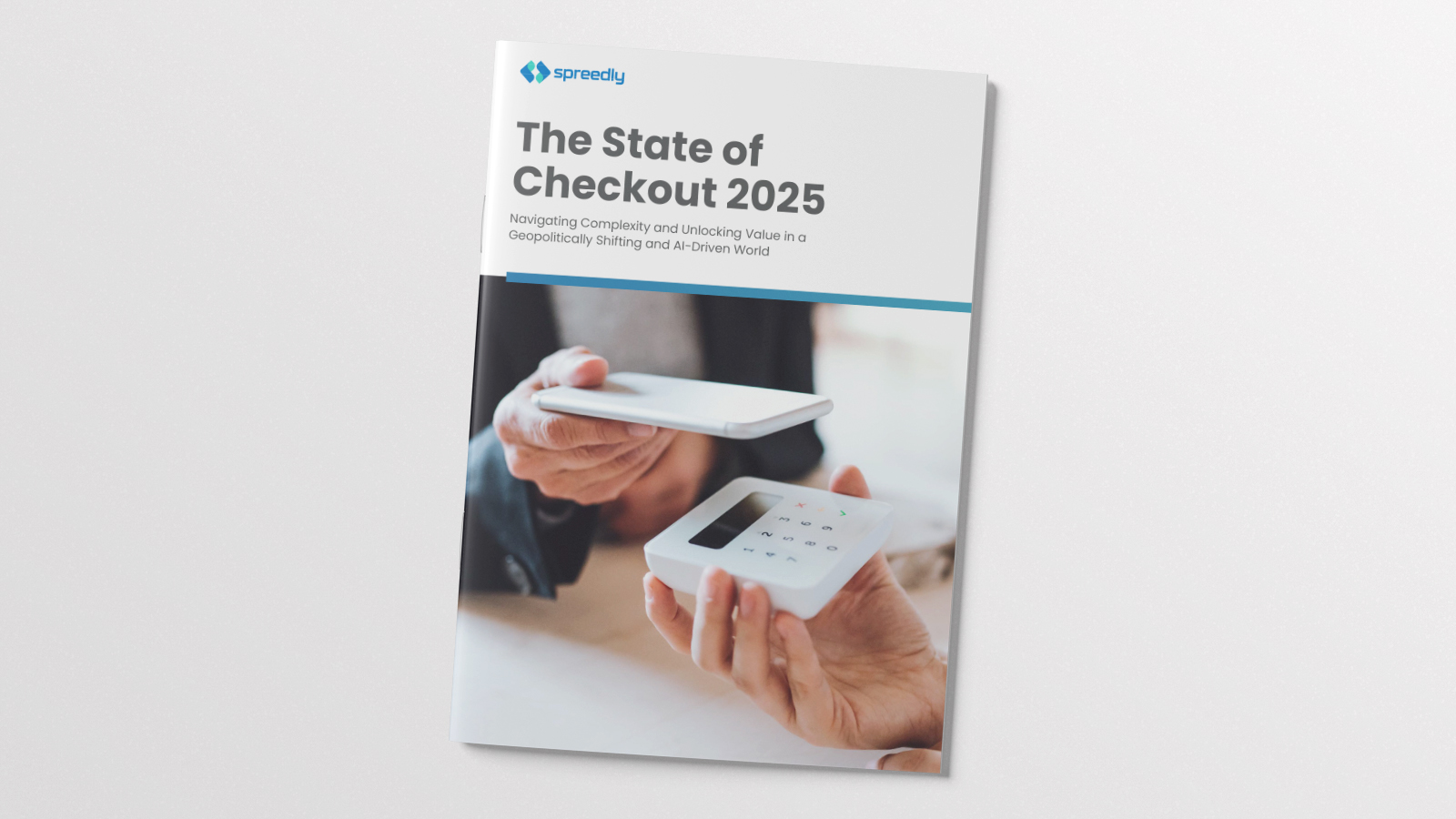
Getting ready for Black Friday and Cyber Monday means making sure your payment stack is running like a well-oiled machine. Tested. Optimized. Flawless. Ready to approve every legitimate customer so you keep them as a customer forever.
It’s times like these that can make or break an entire quarter, or even a year. And yet, we often see people scrambling at the last minute.
This year, you can be different. This year, you will be prepared. This is your essential checklist to conquer the busiest shopping days on the calendar.
The 3 pillars of payments success
Our complete checklist provides 15 specific steps, but they all fall under three critical pillars of preparation.
1. Test Your Payment Stack's Resilience
Your revenue stream relies on a stable payment infrastructure, so you’ve got to stress test your system long before the traffic hits.
You’re going to need to simulate peak traffic for concurrent payment processing requests, not just for page loads. Model your traffic at two times your last peak hour volume and run a full stack test to ensure your primary gateway can handle the sustained volume.
Relying on a single payment processor is a huge risk because networks can fail or fraud filters can become overly aggressive. Be sure to spread your transaction load across at least two high-performing gateways.
A payment orchestration platform is your ultimate insurance policy. If your primary processor slows down, built-in retry logic and failover systems ensure the transaction automatically routes to a secondary provider in milliseconds.
2. Maximize Revenue by Increasing Authorization Rates
During peak season, major banks are on high alert, leading to more false declines. You’re going to have to fight for every approval like a Black Friday shopper trying to grab the last discount TV.
An overly aggressive fraud system can be just as costly as fraud itself because it declines legitimate customers. Instead of immediately declining a suspicious transaction, you can route it to an extra verification step, like 3DS2. This shifts the liability away from you to the issuing bank while securing the purchase for the customer.
Remember, a soft decline is often just a temporary problem. For recoverable soft declines, you should build a system to automatically retry the transaction to the same or a different high-performing gateway. This sophisticated logic can recapture 5 to 15% of otherwise lost revenue.
Authorization rates can even be affected by the physical distance between your payment server and the issuing bank's servers.
You can use your orchestration platform to route transactions from specific geographies through a local gateway with closer data centers. This small adjustment reduces latency and makes the transaction appear less risky, directly boosting approval rates.
3. Reduce Friction and Build Customer Trust
If your checkout isn’t designed for speed, zero hesitation, and trust, then you’re just anteing up without winning any hands.
And every millisecond counts.
Customers have shown a preference for digital wallets during shopping days because they guarantee speed and security. So make sure that Digital Wallets (Apple Pay, Google Pay) and Buy Now, Pay Later (BNPL) options are at the very top of your checkout page.
ALSO: Don’t force first-time holiday shoppers to create an account; make the guest checkout option the default. The primary goal is securing the revenue first.
When a payment fails, a generic message destroys trust. Use the specific decline code from your gateway to inform the customer precisely what went wrong, such as "Your card was declined by your bank. Please contact them or try a different card" or "The ZIP code entered does not match the card billing address". This honesty reduces customer frustration and the support burden.
Get the complete checklist and get ready!
That’s a fairly high-level blueprint for strategic execution for peak Holiday shopping days.
You’ll need every detail to make sure you’re meeting expectations.
Download the complete, 15-point Black Friday Payments Readiness Checklist now to get the full technical breakdown for your engineering and payments teams.




